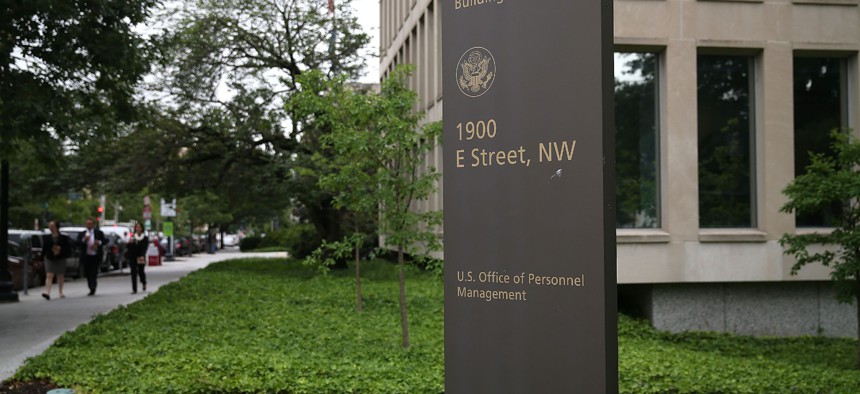Cost Overruns and Delays for OPM's Trust Fund Modernization
OPM is working to modernize the legacy financial system that manages retirement, health benefits and life insurance programs, but it's behind schedule and over budget.
Modernization efforts for the Office of Personnel Management's legacy financial system that manages over $1 trillion of combined assets across the government's programs for retirement, health benefits and life insurance and assists over 8 million feds and retirees are behind schedule and over budget.
The agency's Trust Funds Modernization Program, started in fiscal year 2017, is meant to replace the agency's Trust Funds Federal Financial System (FSS).
Although previous estimates pegged the project for an October 2022 end date, the second migration release is now not expected to be done until October 2023, according to a new Congressionally-requested Government Accountability Office report. The cost estimate for project development and implementation has also increased by $13.4 million from a 2020 estimate, bringing it to $71.9 million total.
The current financial system is over 20 years old, requires highly specialized staff and includes out-of-support software.
OPM selected a shared service provider - the Treasury Department's Bureau of Fiscal Services Administrative Resource Center (ARC) - in 2019. The intent is to move OPM's financial systems to Treasury's shared service platform, with ARC eventually providing infrastructure, platform and software services while OPM manages transactional processing.
One problem OPM has run into is a lack of knowledge and documentation about the legacy system and interface needs. The "most knowledgeable" staff regarding the system have left the program office, the report says. Resolving these documentation and integration issues added time and cost to the project, the report says.
Another factor for the delays are OPM resource constraints, which ARC has had to work around, an ARC program manager told GAO.
Between fiscal years 2017 and 2021, the agency got about $45.8 million in funding for the program. OPM requested another $8.8 million for FY 2022 and estimated that the program would need $6.1 million for modernization the following year.
"Without reliable cost and schedule estimates, OPM's management may be unable to make informed decisions and not be able to minimize risks of additional cost overruns and schedule delays," the report says.
One problem with the schedule was a mismatch between the program and its original vendor, which were using different versions of the same software, which corrupted schedule files that then had to be recreated.
The report flags potential ongoing risks with the program as of mid-2021, including other modernization efforts ongoing at OPM that could cause resources restrains; lack of support from the CIO at the agency because of those same resource constraints; and funding, if OPM were to get less funding than it's asked for.
OPM took issue with some of GAO's recommendations – including one urging the human resources agency to augment cybersecurity staff on the program. OPM did agree with suggestions that an agreement with Treasury be updated to include cybersecurity requirements and to use GAO's assessment tools to measure schedule and performance.




